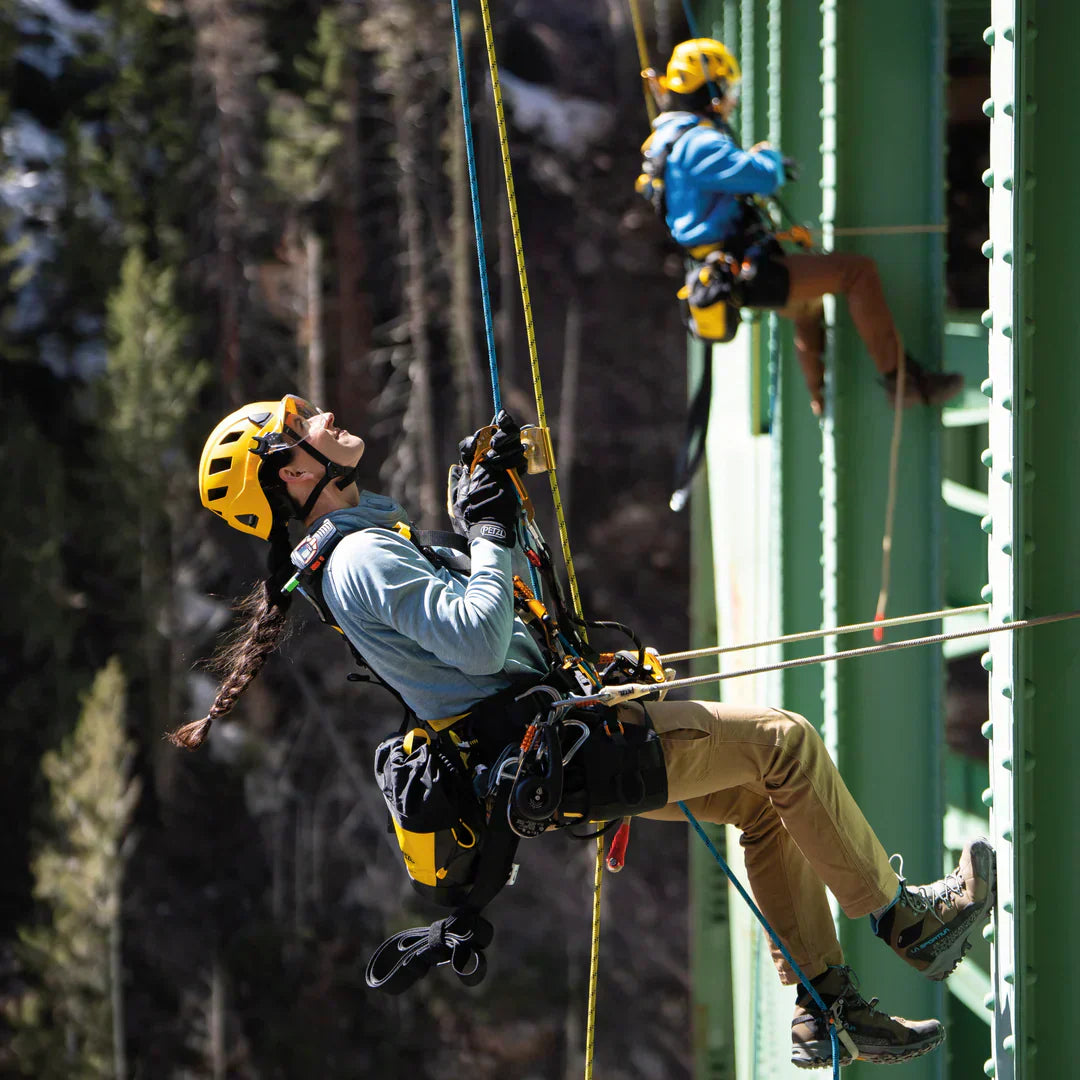A quality safety harness is essential. Whether you're a construction worker, roofer, or maintenance professional, your safety harness is your lifeline.
In this guide, we cover everything you need to know about choosing the right harness: key features, types, certifications, care tips, and trusted product recommendations from us.
Key Features of a Good Safety Harness
When selecting a safety harness, consider these essential features:
- Durability: Choose materials that are built for Australian conditions—UV resistant, corrosion-resistant, and strong enough to endure daily wear.
- Comfort & Fit: A harness should feel secure without restricting movement. Breathable padding and adjustable straps make all the difference.
- Weight Rating: Make sure the harness can safely support the wearer plus any tools or gear.
- Ease of Use: Quick-release buckles and intuitive adjustments allow for fast, fuss-free fitting.
- Attachment Points: Multiple D-rings provide versatility for various job types, from restraint to suspension.
Never compromise on safety. All harnesses must meet strict standards to ensure reliability in the event of a fall.
Types of Safety Harnesses
Different jobs require different gear. Here are the most common harness types:
Full-Body Harnesses
The industry standard for roof work. They distribute fall forces across the body and come with multiple attachment points. Ideal for general construction, roofing, and working at height.
Chest Harnesses
Used in confined spaces or rescue situations. Not suitable for fall arrest on their own—they’re typically used with a full-body harness.
Suspension Belts
Designed for suspended work like window cleaning or façade maintenance. These offer added padding and ergonomic support for long periods in the air.
Safety Standards & Certifications
Always look for harnesses certified to European or Australian standards. Key standards include:
- EN 361: Full-body fall arrest systems.
- EN 358: Work positioning systems.
- EN 363: Complete fall arrest systems including lanyards, anchors, and harnesses.
- AS/NZS 1891.1: Australian Standard for industrial fall arrest systems and devices.
These certifications guarantee that your harness meets the legal requirements for safe use on Australian worksites.
Top Safety Harness Recommendations from Absafe
Petzl Astro BOD FAST Harness – International Version
Ideal for rope access, this premium harness features:
- Integrated rope clamp
- Side D-rings for tower/polestrap use
- Fall indicator on the dorsal loop
- Wide, breathable waistbelt & leg padding
Certified to ANSI, CSA, CE/EN, and NFPA standards
Note: Limited supply – enquire if out of stock.

Skylotec Ignite Neon Harness – Rope Access & Rescue
- Made in Europe and AS/NZS 1891.1 certified, this harness fits like a second skin:
- V-shaped back with ergonomic padding
- Aluminium quick buckles
- Integrated rope clamp
- Tool loops & gear organisation
- Colour-coded attachment points
Perfect for professionals working long hours at height.

DBI-SALA Delta Full Body All-Purpose Harness
A classic, reliable choice with:
- Durable construction
- Comfortable fit
- Easy adjustability
Ideal for roofers seeking a dependable, all-rounder solution.

How to Maintain Your Safety Harness
A harness is only safe if it’s properly maintained.
Daily Inspection
Before each use, check:
- Buckles and stitching for wear
- Webbing for cuts or frays
- Labels for legibility
If anything seems damaged or worn, remove the harness from service.
Cleaning
Use mild soap and water—never harsh chemicals. Focus on buckle joints and straps where grime builds up. Always air-dry away from direct sunlight.
Storage
Keep harnesses in a clean, dry area away from sunlight and extreme temperatures. Hang them or lay flat—never fold tightly or stuff into tight spaces.
FAQs
How do I know my harness fits?
Measure chest, waist and thighs. It should fit snugly but allow free movement. Refer to the manufacturer’s sizing chart.
Can I use a chest harness on its own?
No. Chest harnesses are only safe when used with a full-body harness as part of a complete system.
How often should I inspect my harness?
Check before every use, and arrange formal inspections by a competent person at least once a year—or more frequently for high-use harnesses.
What cleaners should I avoid?
Skip the bleach and solvents. Stick to mild soap and water to preserve material integrity.
Final Word
Choosing the right safety harness isn’t just about comfort—it’s about compliance, longevity, and above all, safety. By investing in certified, high-quality harnesses and maintaining them properly, you reduce the risk of workplace injury and ensure your team works with confidence at every height.
Browse our full range of safety harnesses from Europe’s top brands at Absafe Shop
Or speak to our team for a free consultation or product recommendation tailored to your worksite.

